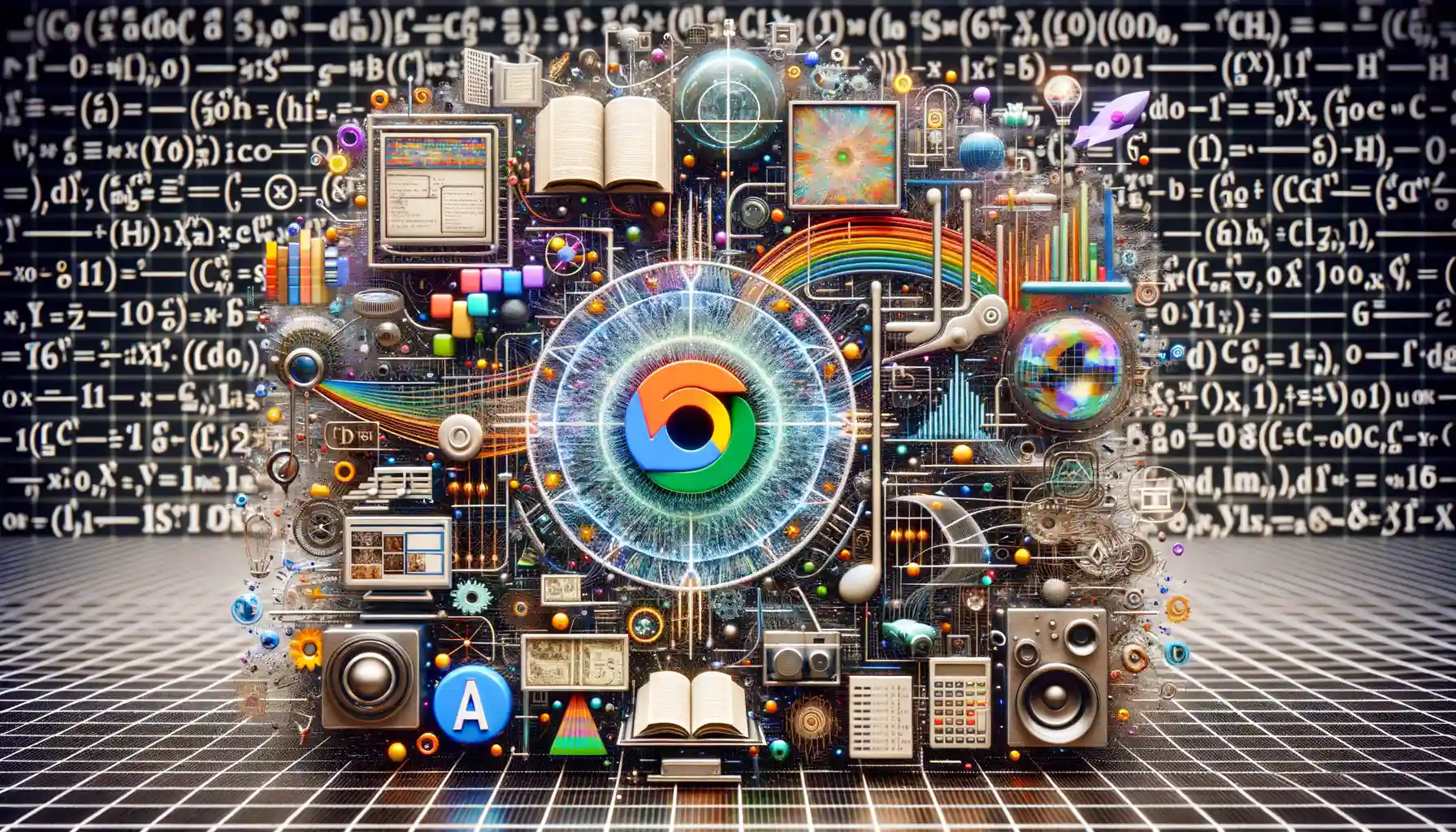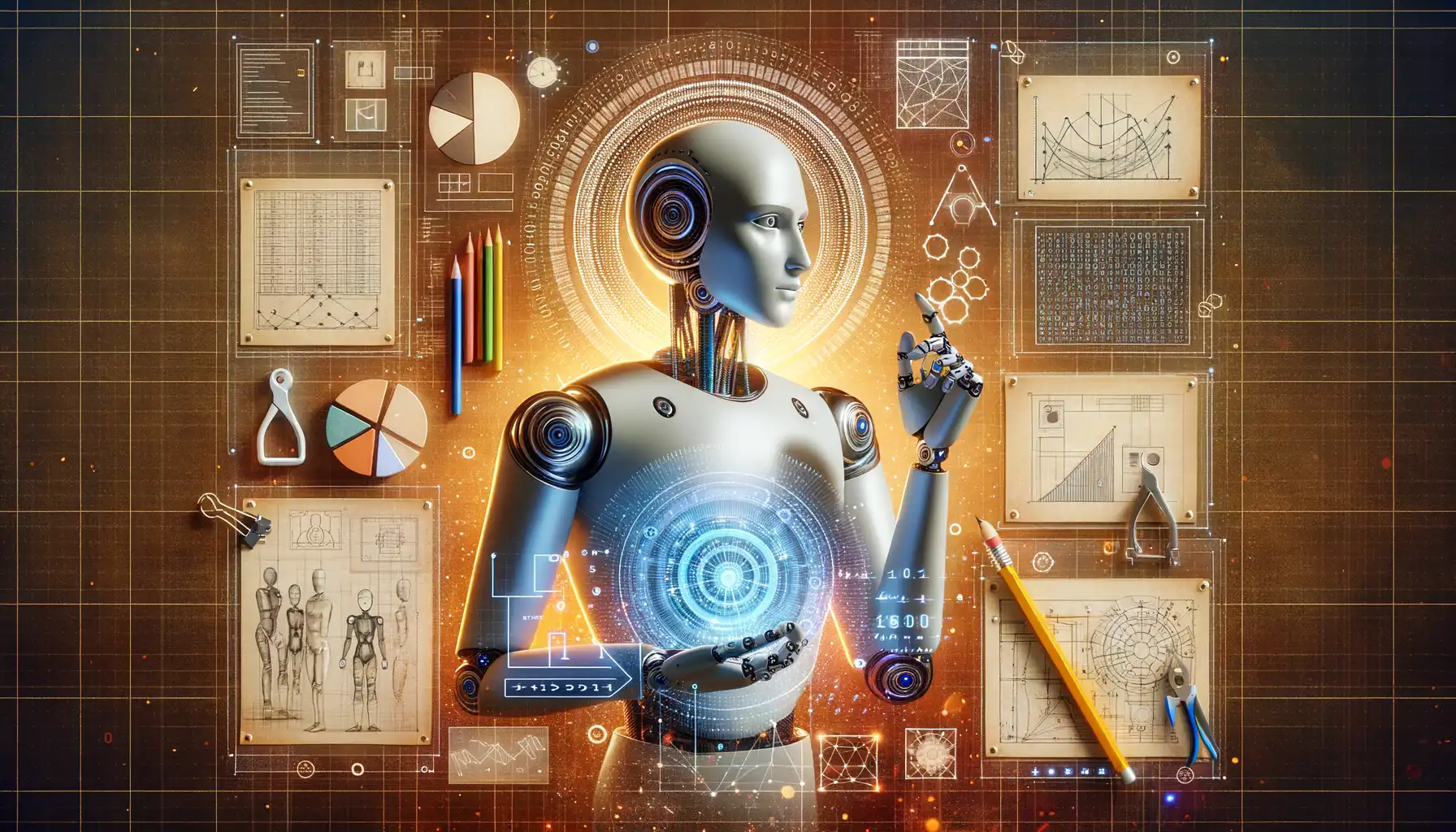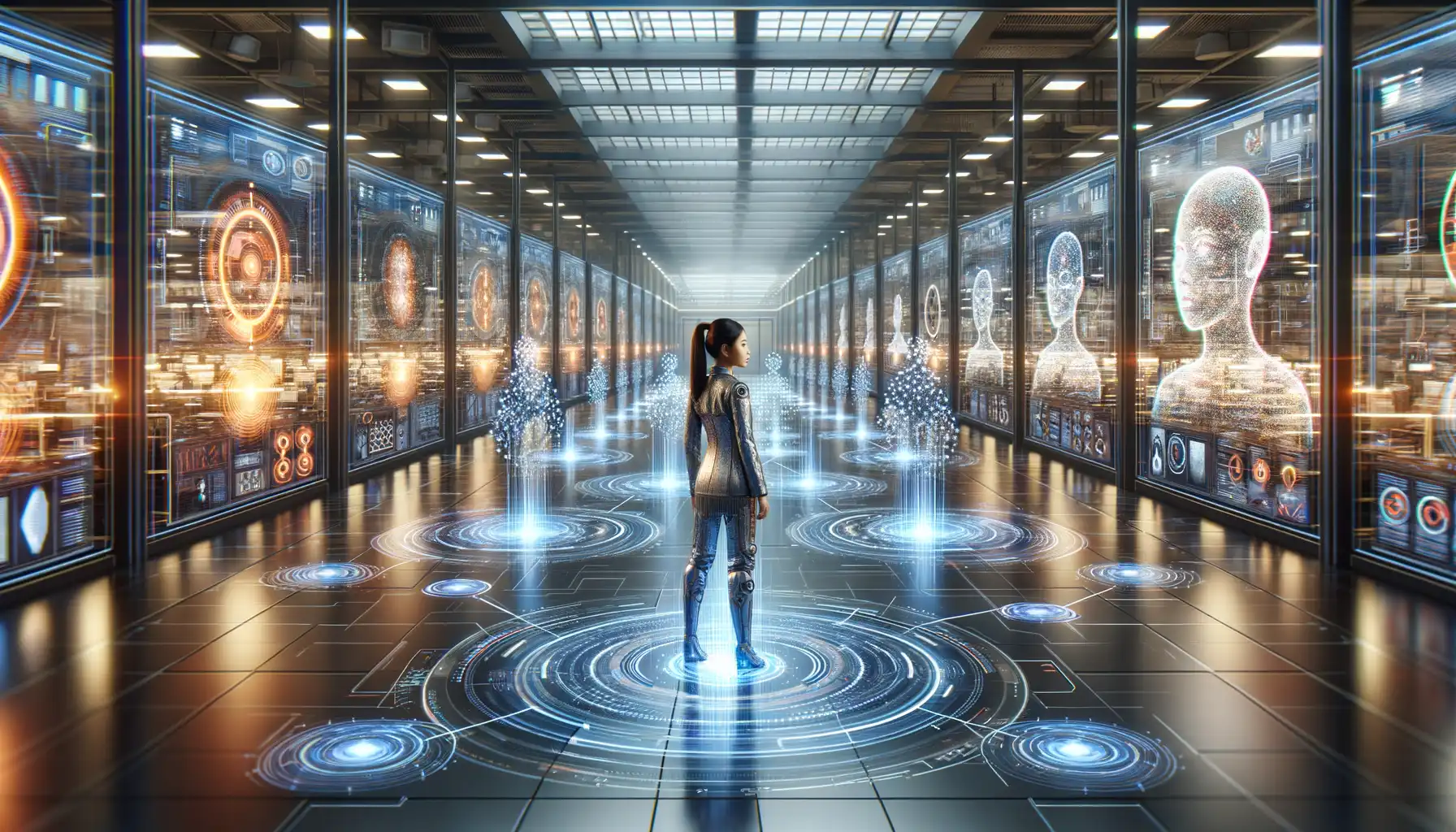The Role of Machine Learning in Personalized Home Screens
Understanding Personalized Home Screens and Machine Learning
How Home Screens Become Tailored Just for You
Imagine this: you unlock your phone, and there it is—your home screen, almost as if it’s reading your mind. The app you open every morning is front and center. A podcast you started yesterday sits waiting for you, like an old friend picking up where you left off. This isn’t magic; it’s the art of personalized home screens driven by machine learning (ML).
At its core, machine learning is like a hyper-curious assistant, always observing and learning from your habits. For instance, did you know ML algorithms can recognize patterns as subtle as when you use a weather app most often or when you scroll through social media? It doesn’t just guess—it learns from your daily dance with your device to predict what you’ll need next, creating an experience that feels almost human.
- Time of day: Need your meditation app in the quiet mornings? Done.
- Location-aware: At work? Your calendar pops up. On vacation? Cue travel guides.
- Behavior-based: Love binge-watching? Streaming app shortcuts lead the way.
These aren’t just tweaks—they’re a revolution in how we interact with technology. It’s not about overwhelming you with choices but gently serving what matters most. Think of it as your digital concierge, tuned perfectly to your life.
Key Machine Learning Techniques Driving Personalization

Unlocking the Secrets: How Machines Learn to Personalize
At the heart of every personalized home screen lies a symphony of cutting-edge techniques, orchestrated by machine learning. Ever wondered why your favorite playlists, shopping suggestions, or news articles seem to “just know” what you love? That’s no magic – it’s *smart* algorithms at work. Let’s peel back the curtain and explore how this works.
One key player here is collaborative filtering. Imagine standing in a library where everyone writes down their favorite books. If someone with similar book tastes as yours grabs the latest thriller, chances are, you’ll get recommended that same title. It’s like a digital version of asking a friend!
Then there’s natural language processing (NLP). This isn’t just a code cruncher – it’s the tech translating your text searches into meaningful insights. Whether you type “best workout gear” or “cozy blankets,” NLP ensures your home screen speaks your language, literally.
- Deep learning: Think of this as uncovering hidden gems. From recognizing your photo preferences to anticipating binge-worthy shows, neural networks excel at spotting patterns.
- Reinforcement learning: Like training a puppy, this technique learns from trial and error. The more you click, the better it gets at predicting your next move.
These aren’t just technical tricks—they’re the tools that turn data into delight, crafting hyper-personalized experiences that feel almost human.
Benefits of Machine Learning for User-Centric Design

How Machine Learning Creates Personalized Magic
Picture this: you pick up your phone, and it’s like the home screen *knows* you. Your favorite apps are right there, suggesting what you might need before you even realize it. That’s not magic—it’s machine learning working behind the scenes. By analyzing mountains of data (yes, the boring stuff) and translating it into real human behavior, ML transforms home screens into cozy digital spaces tailored just for you.
It’s like having a personal assistant who remembers everything—your habits, likes, and even those guilty pleasures. Machine learning thrives on patterns, using algorithms to predict what you’ll need next. Real-life example? Netflix recommending your next binge-worthy series or Spotify crafting the perfect playlist to match your mood.
And this isn’t a one-size-fits-all experience. With ML driving design choices, your interface might whisper, “Hey, welcome back!” while gently nudging aside things you rarely touch. Here’s the magic formula in action:
- Intuitive experiences: No more endless scrolling; your screen adapts to your rhythm.
- Efficiency redefined: The shortcuts you didn’t know you needed—right at your fingertips.
It’s all about you—streamlined, simplified, and stunningly personalized.
Challenges and Ethical Considerations in Personalization

The Human Side of Personalization
Personalization can feel like magic—your home screen knowing you better than your best friend. But let’s be real, with great power comes great responsibility. Machine learning doesn’t just create convenience; it also opens Pandora’s box of challenges that go deeper than algorithms.
Here’s the kicker: personalization thrives on data. That’s your clicks, your scrolls, your morning playlist habits. But how much is too much? Imagine an app knowing when you wake up, what you crave for breakfast, and what makes you anxious—that’s a little creepy, right? This raises tricky ethical questions about where we draw the line between helpful and invasive.
When Convenience Comes at a Cost
Let’s talk about fairness. Machine learning models sometimes make decisions based on patterns in data, but those patterns can unknowingly reflect biases. What happens when your home screen *prioritizes* content it thinks you’ll engage with but ends up reinforcing stereotypes or excluding other perspectives?
And don’t even get us started on transparency. Ever caught yourself wondering, “Why am I seeing this ad?” Algorithms don’t offer explanations, leaving users in a foggy relationship with their own digital experiences.
- Data privacy: Striking that balance between personalization and respecting boundaries.
- Algorithmic bias: Preventing systems from mirroring human flaws in their decision-making.
The truth? It’s a tightrope walk, and not everyone gets it right.
Future Trends in Machine Learning for Personalized Experiences

Human-Like Interactions Through Advanced Algorithms
Imagine opening your phone and feeling like it truly *knows* you—not in a creepy, sci-fi, dystopian way, but more like a helpful friend who remembers your quirks. The future of machine learning isn’t just about efficiency; it’s about creating home screens that feel intuitive, almost alive. With advancements in **natural language processing** and **reinforcement learning**, we’re heading toward interfaces that adapt to not just what you need, but how and when you need it.
For instance, the next-gen machine learning algorithms will use context like time, location, or even mood to tweak what you see. Had a tough Monday? Maybe your favorite meditation app takes center stage, pushing those calendar alerts aside. Emerging research is paving the way for systems that can predict your preferences without overwhelming you with choices.
- Emotion-Aware AI: Your home screen could soon interpret tone from your voice or detect patterns in app usage when you’re feeling stressed or excited.
- Hyper-Granular Personalization: Tailored suggestions might go beyond just “what” you want and dive into “why” it’s important to you.
The goal? No cookie-cutter templates here—just digital spaces as dynamic and unique as the humans they serve.
Smarter Adaptation With Federated Learning
Here’s a fascinating twist: the next wave of personalization doesn’t mean compromising privacy. Enter federated learning, one of machine learning’s most exciting breakthroughs. Instead of feeding all your data into some massive cloud system, this approach trains AI models directly on your device. Translation? Your preferences shape the system locally while your data stays safely yours.
Picture this: Your fitness tracker picks up your morning running habit, and suddenly your home screen is showcasing health-focused podcasts, Spotify playlists tailored for running, and recipes to fuel your workouts. All this magic happens privately, with no server snooping required.
As these technologies evolve, personalized home screens are poised to seamlessly blend practicality with privacy—a sweet spot every user deserves.
